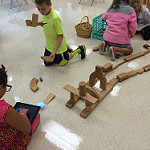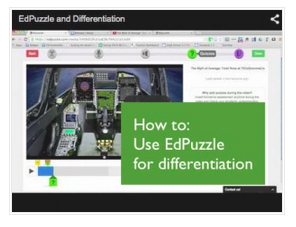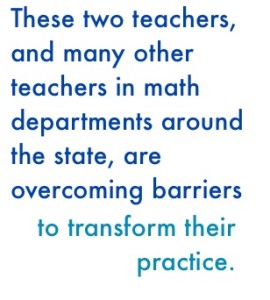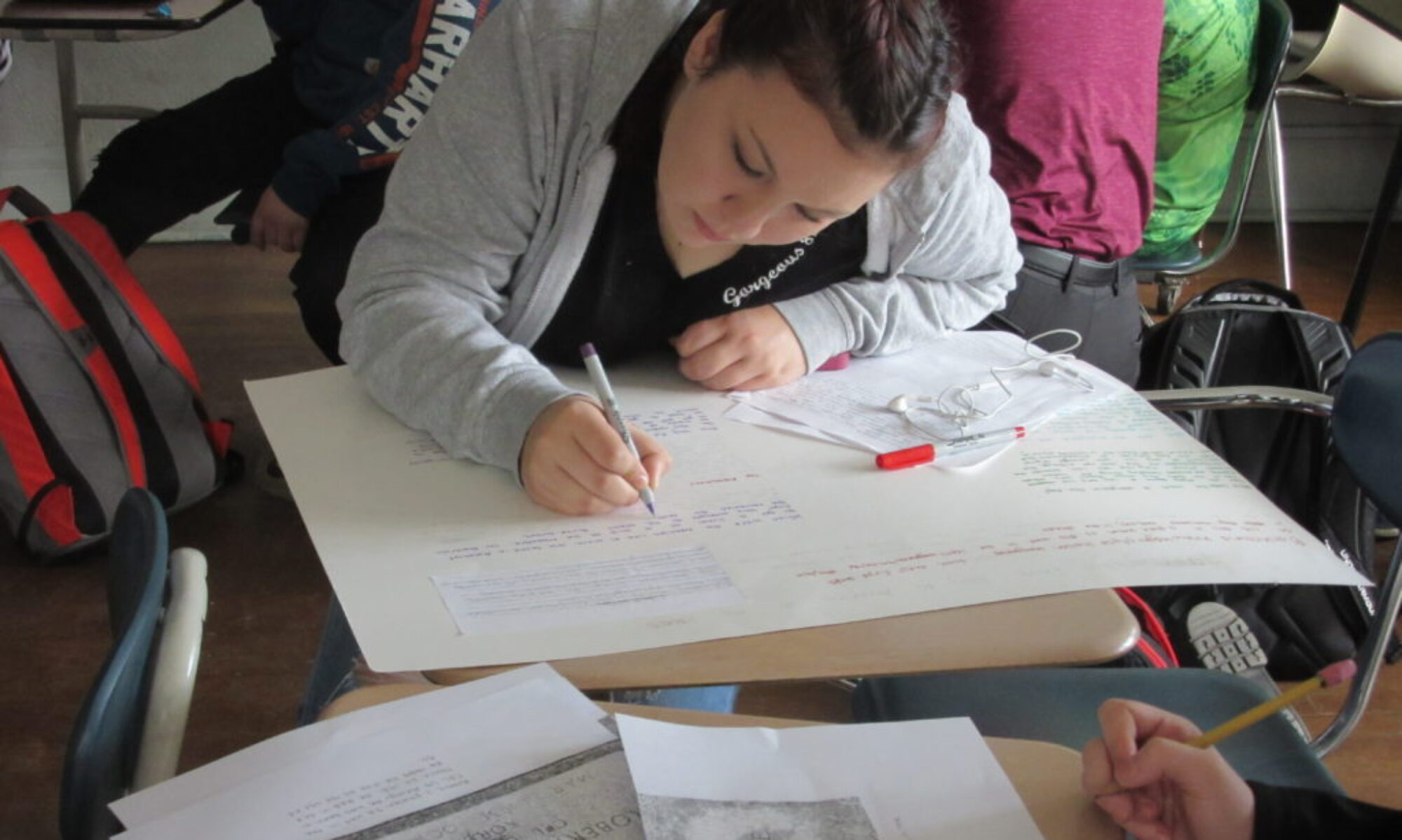Where is the tech in math classrooms?

According to recent studies, math teachers, tend to integrate technology into their teaching less frequently than those in other disciplines(1).
What was at the core of these research findings I wondered? And what do we know about math classrooms here in Vermont?
When I initially read this, I was surprised given the access math teachers have to web-based tools like Khan Academy, IXL, SumDog, Manga High, in addition to the multiple math apps available for skills practice and interactive narrative-driven game-based explorations like Lure of the Labyrinth. I’ll admit to a little jealousy as an English teacher, wishing I had such tools at the ready.
My curiosity led me and my colleagues to do some of our own research.
We asked math teachers to tell us about their tech
We looked at the technology integration happening in some of the math classes at our partner schools and were pleased to see some remarkable things happening, especially when the integration was focused on supporting differentiation and being responsive to students’ varying needs.
For instance, Mary Beth Limanek wrote about adopting of EdPuzzle and Google Forms to transform her math classroom practice at Christ the King School in Burlington. 
Another current example is Monica Morrissey’s recent blog post about her use of Schoology, EdPuzzle, and Prodigy in her math classroom at Hazen Union Middle School in Hardwick, Vermont. Common to both is an interest in exploring and adopting tools to make student thinking visible so teachers can provide just-in-time supports.
Morrissey and her colleague Georgia Roy were granted funding to purchase an Enterprise version of Schoology this year.
Morrissey’s reasoning in the grant reflects the focus on meeting students’ individual needs through technology, but also one where the shift from teacher-centric orientation toward one where the role of the teacher/student dynamic shifts is apparent.
“Schoology offers a robust learning management system that will allow us to more easily personalize learning, utilize assessments, and track student progress. Schoology Enterprise offers tracking by the teacher, a powerful tool and one that shifts assessment toward being certain all students meet proficiencies. It is the partnering with the students and making the assessment system transparent to them so they have some agency or say or ability to manage next steps that is powerful as well.”
 Morrissey is currently engaged in her own professional development in two courses being taught through Schoology. In a comment she posted on the Hazen Union course I co-facilitate, she shared this thinking with her colleagues about the work it takes to integrate technology into instruction and assessment:
Morrissey is currently engaged in her own professional development in two courses being taught through Schoology. In a comment she posted on the Hazen Union course I co-facilitate, she shared this thinking with her colleagues about the work it takes to integrate technology into instruction and assessment:
“I think at first it is more work to get all of the resources up and running, but hopefully next year will be smoother because we will have already created the bank of resources. It is also a challenge to train the kids to learn in a different way. They are used to math classes as being “you tell me, I’ll listen and try to understand.” Now we want them to seek the information which is a very different model for math classes.
Mary Beth Limanek also reflected in her post:
“Initially this was all a lot of work for me and it felt like I was climbing a mountain, but like everything else the more you do it the better you get at it. The system is not perfect, but it has cut down on paper, it has allowed me to offer a wider range of differentiation and it has provided me the opportunity to allot my classroom time to those students who need the most support.”
These educators are choosing tools that support “thinning” the walls of their classrooms and making math learning accessible to students outside the physical room; tools that create flexibility in the actual time students spend in the classroom.
Tech in math classrooms may not be obvious at first, but it’s there
There are many commonly cited barriers to technology integration, such as teachers’ lack of knowledge about available tools and resources, inadequate professional development, a school culture resistant to technology and change, and teachers’ beliefs about learning specific to their content area.
These two teachers, and many of our other partner teachers in math departments around the state, are overcoming these barriers to transform their practice. Kudos to them.
(1)Daniels, J. S., Jacobsen, M., Varnhagen, S., & Friesen, S. (2014). Barriers to systemic, effective, and sustainable technology use in high school classrooms. Canadian Journal of Learning and Technology, 39(4), 1-14.
Hew, K. F., & Brush, T. (2007). Integrating technology into K-12 teaching and learning: Current knowledge gaps and recommendations for future research. Educational Technology Research and Development, 55(3), 223-252.
Howard, S. K., Chan, A., & Caputi, P. (2014). More than beliefs: Subject areas and teachers’ integration of laptops in secondary teaching. British Journal of Educational Technology.
Inserra, A., & Short, T. (2013). An analysis of high school math, science, social studies, English, and foreign language teachers’ implementation of one-to-one computing and their pedagogical practices. Journal of Educational Technology Systems, 41(2), 145-169.
Zuber, E. N., & Anderson, J. (2012). The initial response of secondary mathematics teachers to a one-to-one laptop program. Mathematics Education Research Journal, 25(2), 279–298.


Blended learning in the math classroom with @Schoology and @EdPuzzle https://t.co/rSWS5pCC2u https://t.co/LxVFEOJnoe
Blended learning in the math classroom https://t.co/kQbzA7VzM0 via @innovativeEd
Blended learning in the math classroom https://t.co/bGCTmJ6TdG
For the afternoon crowd, where’s the tech in a math classroom? #vted https://t.co/imaD5vX9ww
Blended learning in the math classroom https://t.co/3KP3froxw2